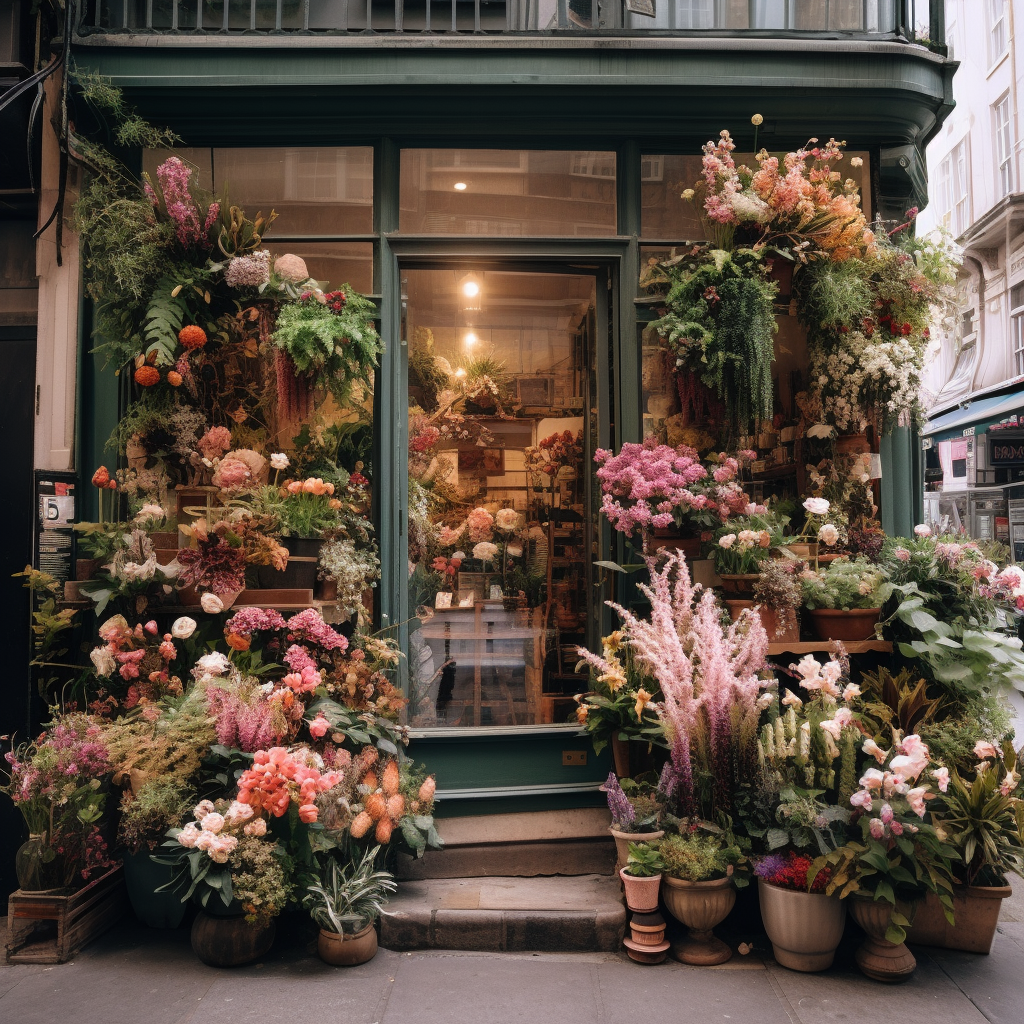Compendium Entry #4

The botanical world holds many secrets, but none quite like the Floral Forager. Each public garden, each park, each florist shop might harbor these living imposters. My research suggests that 1 in every 300 flowers in urban environments could be a perfectly disguised crustacean, carrying out complex biological processes we’re only beginning to understand.
Common Names: Flower Floral Forager, Flower Crab
Family: Reversocrabanidae (Reverse-Carcinization Crabs)
Genus: Urbacrabus (City Crabs)
Species: Floralisraptor (Floral Forager)
Variety: Florus (Flower)
Description:
A fully developed Floral Forager measures 5-10 inches in diameter, with significant size variations depending on the flower species it replicates. My microscopic analysis revealed perfect replication of any flower’s biological components, from delicate petals to complex reproductive systems. Its ability to mimic and grow various flower species on its shell and appendages makes it nearly indistinguishable from its floral surroundings.


The Floral Forager’s biological capabilities challenge our understanding of natural science. These creatures synthesize exact replicas of plant pigments and proteins while maintaining their crustacean nervous system. Most remarkably, they produce pharmacologically active compounds identical to their botanical counterparts.
I’ve uncovered evidence of classified botanical research facilities operating “living herbariums.” These secret laboratories house extensive Floral Forager breeding programs. The pharmaceutical implications prove staggering – rare medicinal compounds appearing on the market without documented source plants, extinct flower species mysteriously available for government research, unexplained variations in controlled plant populations.
Floral Foragers operate primarily during daylight hours. They synchronize their movements with natural plant responses to sunlight and wind. Their hunting strategy displays remarkable sophistication as they attract insects both for sustenance and to maintain their botanical disguise through actual pollination processes.



Public gardens, park installations, and botanical research facilities provide ideal environments for these creatures. My observations indicate a strong preference for locations housing rare or valuable plant species. The highest concentrations are in secure government facilities with extensive plant research programs.


